Izre’el: Listing the Fragments
Previous Studies and the Present Study
“The scholarly world first became aware of the myth of Adapa and the South Wind when its largest fragment was discovered among the scholarly tablets of the El-Amarna archive in 1887 (Harper 1891; Scheil 1891; cf. Zimmern 1892; Sayce 1892; Izre’el 1997: 1-13, 43-50).
A fragment of the myth (now known as Fragment D) had, in fact, already been published before that time by one of the pioneers of Mesopotamian studies, George Smith (Smith 1876:125-6).
Smith, however, did not have at his disposal enough data to identify this fragment as part of the myth to which it belonged and attributed it to the Ea narrative (for which see Cagni 1969, 1977). While discussing the Berossus account of Oannes, Smith stated that “it is a curious fact the legend of Oannes, which must have been one of the Babylonian stories of the Creation, has not yet been discovered” (Smith 1876: 306).
Sayce, who said he had copied this fragment, “related to an otherwise unknown individual named Adapa,” “many years ago,” was able to attribute this fragment to the Adapa myth only after the discovery of the Amarna fragment (Sayce 1892; cf. Sayce in Morgan 1893: 183-4; Bezold 1894a: 114 n. 1, 1894b: 405 n. 1; Strong 1894; 1895).
We now have at our disposal six fragments of the myth. The largest and most important fragment is the one discovered at Amarna (“Fragment B”) and thus dated to the 14th century BCE (see further pp. 47-9).
Five other fragments (A, A1, C, D, and E) were part of the Ashurbanipal library and are representative of this myth as it was known in Assyria about seven centuries later. Only two of the extant fragments (A and A1) are variants of the same text. Fragments C and D come from different sections of the text.
Fragment E represents another recension of the myth, which also seems to be similar to the known versions.

K 15072, British Museum. Another extremely sparse entry for this Akkadian cuneiform tablet, provenance Nineveh, modern Kuyunjik.
http://www.cdli.ucla.edu/cdlisearch/search_beta/search_results.php?SearchMode=Text&ObjectID=401152
The following is a list of the extant fragments edited in this volume, with their museum numbers and main previous editions.
- Fragment A: MLC 1296 (Pierpont Morgan Library, New York);
- Scheil 1898: 124-33;
- Clay 1922: 39-41, pls IV, VI (cf. Clay 1923: 10-11);
- Picchioni 1981: 112-5, 127-31 (figure 1), tav. 1.
- Fragment A1: K 15072 (British Museum, London).
- Parallel to the last extant section Fragment A. Schramm 1974;
- Picchioni 1981: 114-5, 131, tav. IV-V.
- Fragment B: VAT 348 (Vorderasiatisches Museum, Berlin);
- Winkler and Abel 1889-90: 240;
- Schroeder 1915: #194;
- Harper 1894: 418-25;
- Jensen 1900: 94-9, with comments on pp. 411-3;
- Knudtzon 1915: 964-9 (= EA 356);
- Picchioni 1981: 114-21, 131-6, 162-3 (figures 2-3 = Schroeder 1915: #194, tav. II-III;
- Izre’el 1997: 43-50, copy (= Schroeder 1915: #194 with collations = pp. 177, 179 below), photographs.
- Fragment C: K 8743 (British Museum, London). Expanded parallel to part of Fragment B.
- Langdon 1915: pl. IV, #3, and p. 42 n. 2;
- Thompson 1930: pl. 31;
- Jensen 1900: xvii-xviii;
- Picchioni 1981: 120-1, 136-7, 164 (figure 4), tav. IV-V.
- Photograph also in Böhl 1959: Taf. 12.
- Fragment D: K 8214 (British Museum, London). Virtual parallel to the end of Fragment B with additions.
- Strong 1894;
- Furlani 1929: 132;
- Picchioni 1981: 122-3, 137-41, 165 (figure 5), tav. VI.
- Photograph also in Böhl 1959: Taf. 12.
- Fragment E: K 9994 (British Museum, London). A small fragment probably representing a different recension of the myth.
- Von Soden 1976: 429-30;
- Picchioni 1981: 95-6, tav. IV-V.
A cuneiform copy is published here for the first time, courtesy of the Trustees of the British Museum.
The notation “Fragment E” is introduced here.
In addition to these fragments, one may note a possible title to the myth. The catalogue of literary texts Rm 618 (Bezold 1889-99: 4.1627) lists a title of a work on Adapa (line 3):
Adapa into heaven ( . . . )
Picchioni (1981: 87 n. 244) suggested that this might be an incipit of the first verse of the myth; Talon (1990: 44, 54) agrees (see further Hallo 1963: 176; cf. Lambert 1962: 73-4).
It is difficult to see how this line could have been the opening verse of any of the versions known to us, since both Fragment A and Fragment B seem to have opened differently (cf., for Fragment B, p. 108, and, for a literary analysis of Fragment A, pp. 112-3).
It may perhaps be suggested that this was a title rather than an incipit (thus also Röllig 1987: 50), because we know that Adapa’s ascent to heaven is also referred to elsewhere (p. 4).

British Museum K 10147. Notes on this fragment are sparse. It was sourced at Nineveh, modern Kuyunjik, and marked Neo-Assyrian (ca. 911-612 BC).
http://www.cdli.ucla.edu/cdlisearch/search_beta/archival_view.php?ObjectID=P398516
Von Soden, while suggesting the attribution of K 9994 (= Fragment E) to this myth (cf. also Borger 1975: 62, following Lambert), also made some observations concerning K 10147, saying that although the attribution of this fragment to the myth is doubtful, it may have formed part of the beginning of the text, before the extant Fragment A (von Soden 1976: 431; already Bezold 1894b: 405 n. 1).
This and other small fragments mentioning Adapa or relating to this figure have been collected by Picchioni (1981).”
(Ed. note: Links on this page are far from perfect. I have done my best to at least show a direction if you are seeking a specific citation or a particular work. Many of the cited works are not on the web. If you want them, you will have to complete your citations and then request them through an interlibrary loan at a physical library. If you have updated links to citations or to complete works, or images of the fragments themselves, please share them with me through the comments feature below. It would be a selfless contribution to scholarship if you could scan them and upload them to the internet. I will integrate them into this page. Please remember to mention if you would like to be credited.)
Schlomo Izre’el, Adapa and the South Wind: Language Has the Power of Life and Death, Eisenbrauns, 2001, pp. 5-7.



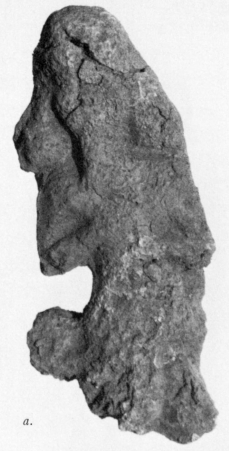
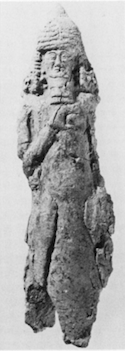
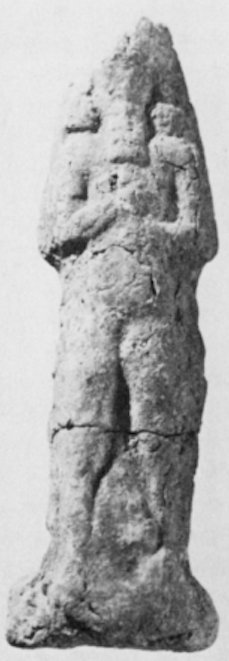
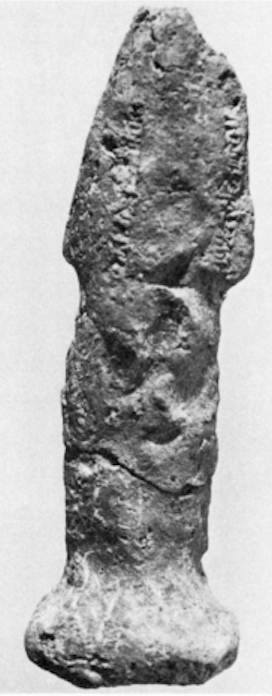
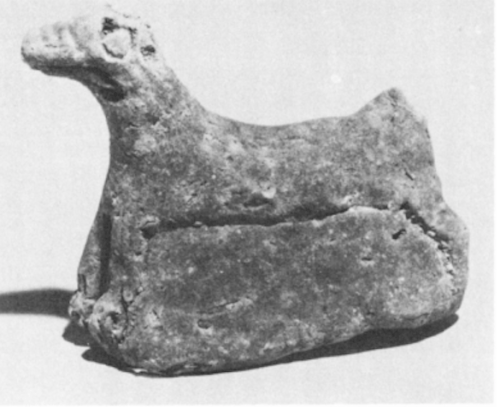
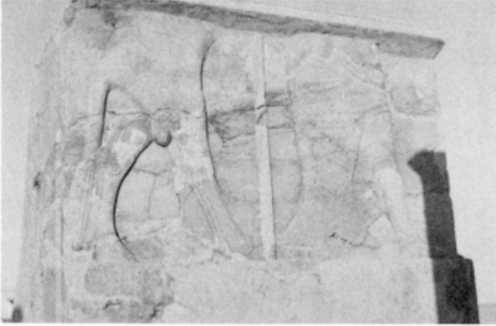
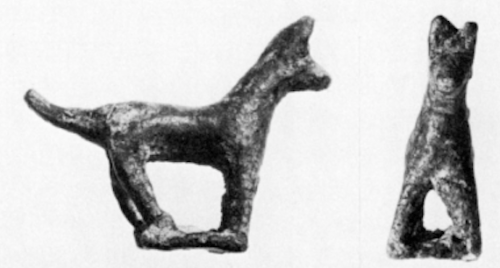
September 20, 2015
Melvin: Who Built the First City? Cain? Enoch? Chousor? Or Nimrod?
“The portrayal of the rise of civilization in Genesis 1–11, on the other hand, is generally negative and is devoid of any hint of divine assistance or bestowal of the arts of civilization. A key text in this regard is Genesis 4:20–22, in which the descendants of Cain found the guilds of nomadic shepherding, music, and metallurgy.
The statements are brief, merely indicating that Jabal was the founder of nomadic shepherding, Jubal was the founder of the art of music, and Tubal-cain was the first to work with metals.
If one considers the entirety of Genesis 4, one may also add to the list of new developments animal husbandry (v. 2), agriculture (v 2), city-building and urbanism (v 17), and polygamy (v 19).
An aerial view of the Ziggurat of Ur.
Gunkel, following Wellhausen, reads the account as brief fragments of what were originally much fuller mythological narratives and suggests that they may originally have referred to deities, but even if this reading is correct for the original myths, the text in its present form has been largely de-mythologized, and the individuals and their accomplishments are completely human.
(Hermann Gunkel, Genesis (trans. Mark E. Biddle; Macon: Mercer University Press, 1997), p. 50. Wellhausen argues that the genealogies in Genesis 4 and Genesis 5 refer to the same individuals and were originally identical.
See Julius Wellhausen, Prolegomena to the History of Israel (New York: Meridian, 1957), pp. 308–09; see also E. A. Speiser, Genesis (AB 1; Garden City: Doubleday, 1964), pp. 35–36. If this is the case, then it is important to note that Cain’s genealogy has been distinguished from Seth’s by the insertion of episodes which give the entire list a negative overtone (e.g., Cain’s fratricide, Lamech’s murders).
See John Skinner, A Critical and Exegetical Commentary on Genesis (2d ed.; ICC; Edinburgh: T&T Clark, 1930), p. 115. Since the statements concerning the arts of civilization appear only in the Cainite genealogy, it is likely that their inclusion is for the sake of bringing upon them “guilt by association” with the dark line of Cain.
Ruins and Plan of the Anu Ziggurat and the White Temple. Uruk ( Present-day Warka, Iraq). c. 3300-3000 BCE.
https://www.pinterest.com/pin/168814686005734256/
Seth’s genealogy, by contrast, includes a number of statements which give a more positive impression to the whole list (e.g., humans calling on the name of Yahweh, Enoch walking with God). However, Gordan J. Wenham makes a case against seeing the two genealogies as originally identical. See Gordon J. Wenham, Genesis 1–15 (WBC, 1; Waco: Word, 1987), p. 110.)
Further indication of the human origin of civilization in Genesis 1–11 appears in the motif of city-building and urbanism. Interestingly, Mesopotamian myths attribute the origin of the earliest cities to the work of gods (e.g., Marduk’s construction of Babylon) or semi-divine heroes (e.g., Gilgamesh’s building of the walls of Uruk), while Genesis 4:17 attributes the first city to Cain, who names it after his first son, Enoch, with no indication of divine assistance.
(Westermann notes that the reading of the Hebrew text seems to indicate that it was actually Enoch who built the city, rather than Cain, until one reaches the phrase כשם כנן “according to the name of his son,” which he suggests may originally have read simply כשמו “according to his name” (Genesis 1–11, 327).
He further argues that it would be unusual for Cain to have been both the founder of agriculture and the first city-builder. Such accounts of the development of civilization typically do so by a succession of births in which each generation makes but one new contribution.
But this is not always the case, as The Phoenician History shows by attributing to Chousor (Kothar) the arts of magic, divination, prophecy, sailing, and fishing (see Albert I. Baumgarten, The Phoenician History of Philo of Byblos: A Commentary [Leiden: Brill, 1981], p. 143).)
Similarly, the building of several key cities in Mesopotamia, as well as the formation of the world’s first empire, is attributed to Nimrod in Genesis 10:8–12.”
David P. Melvin, “Divine Mediation and the Rise of Civilization in Mesopotamian Literature and in Genesis 1-11,” Journal of Hebrew Scriptures, 2010, pp. 7-9.
Share this: